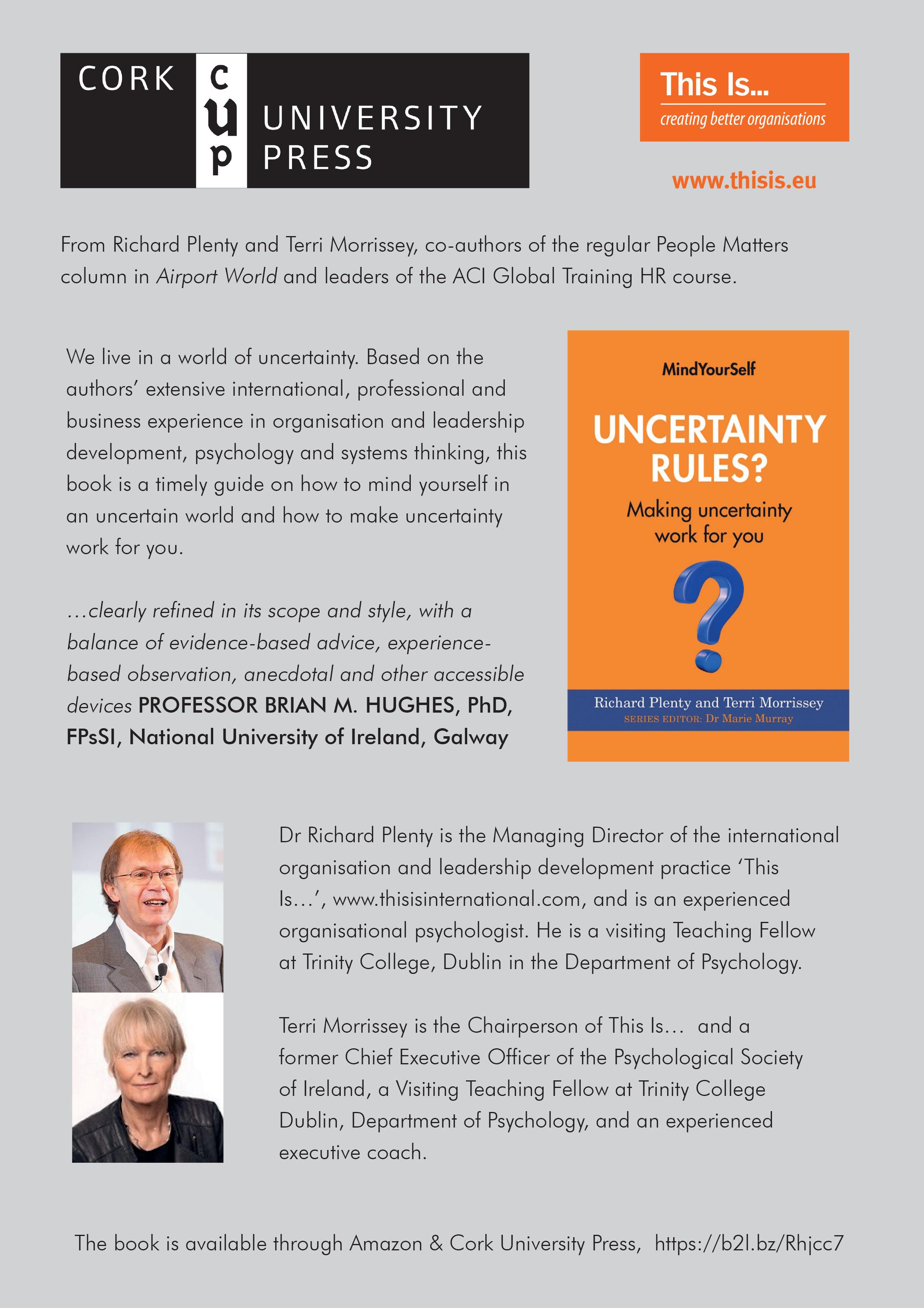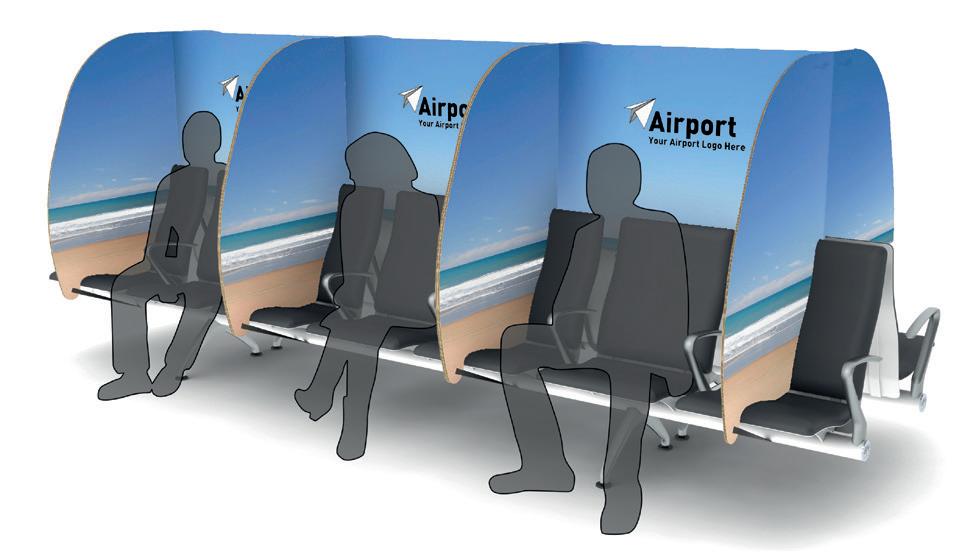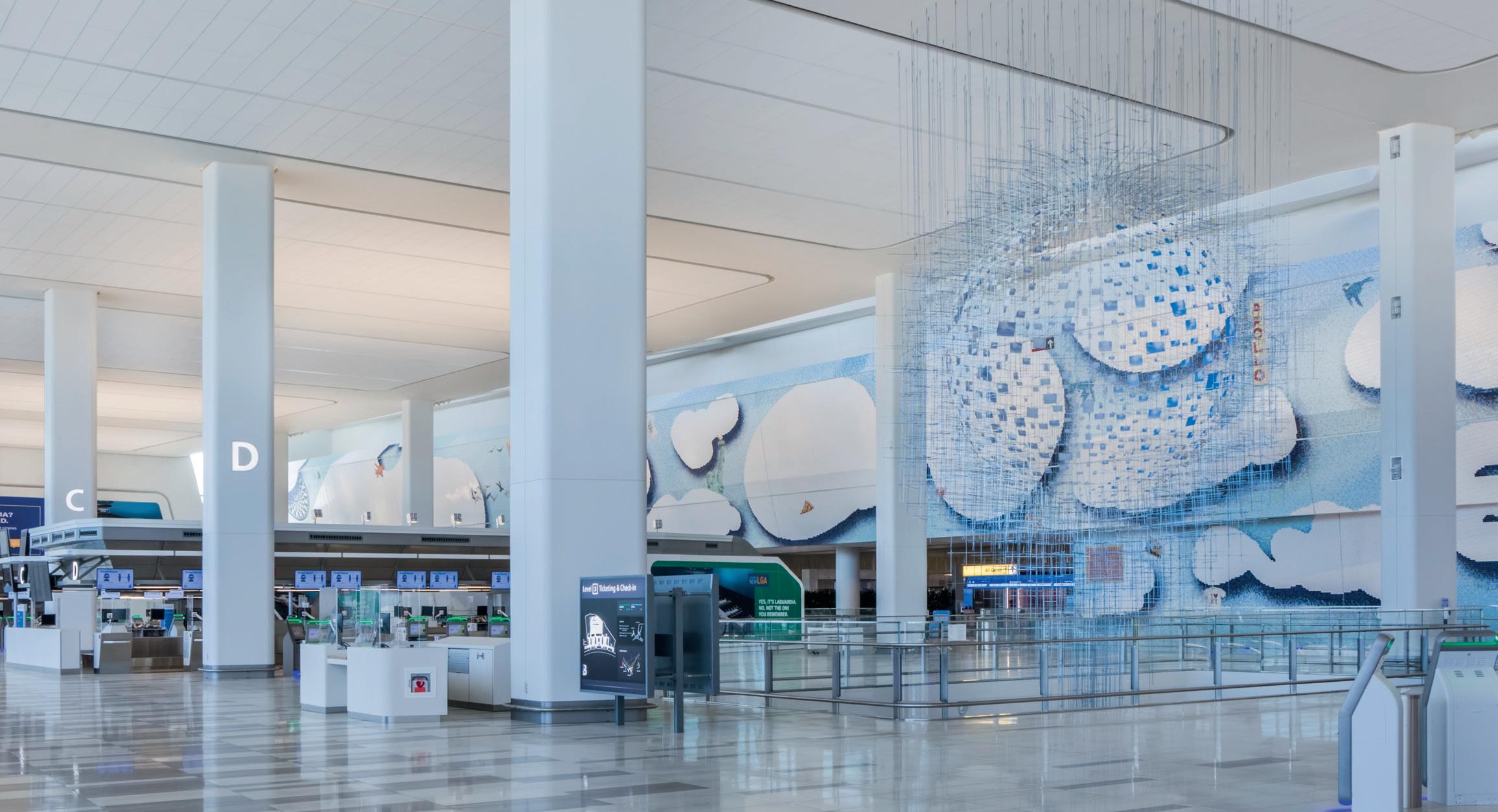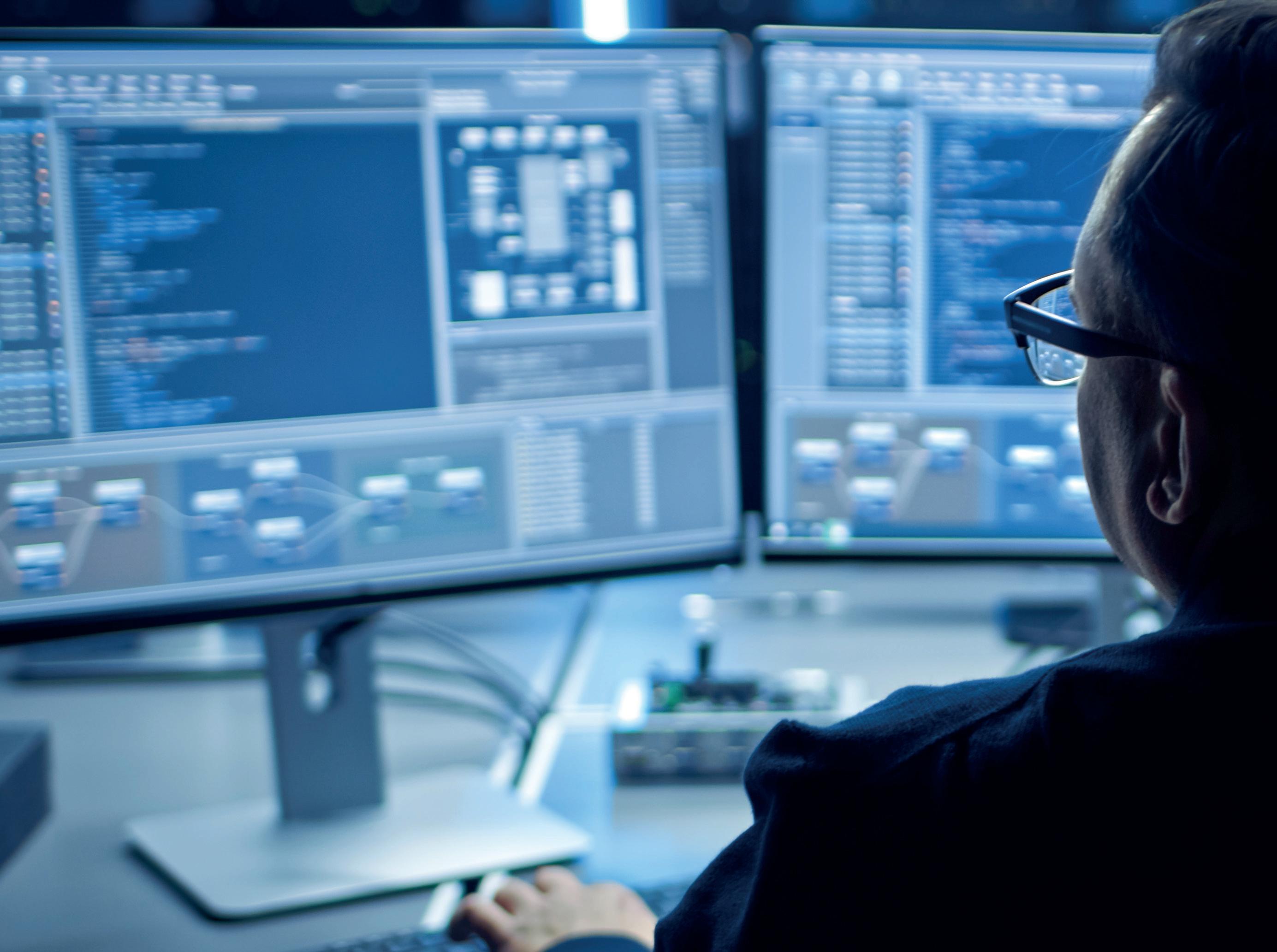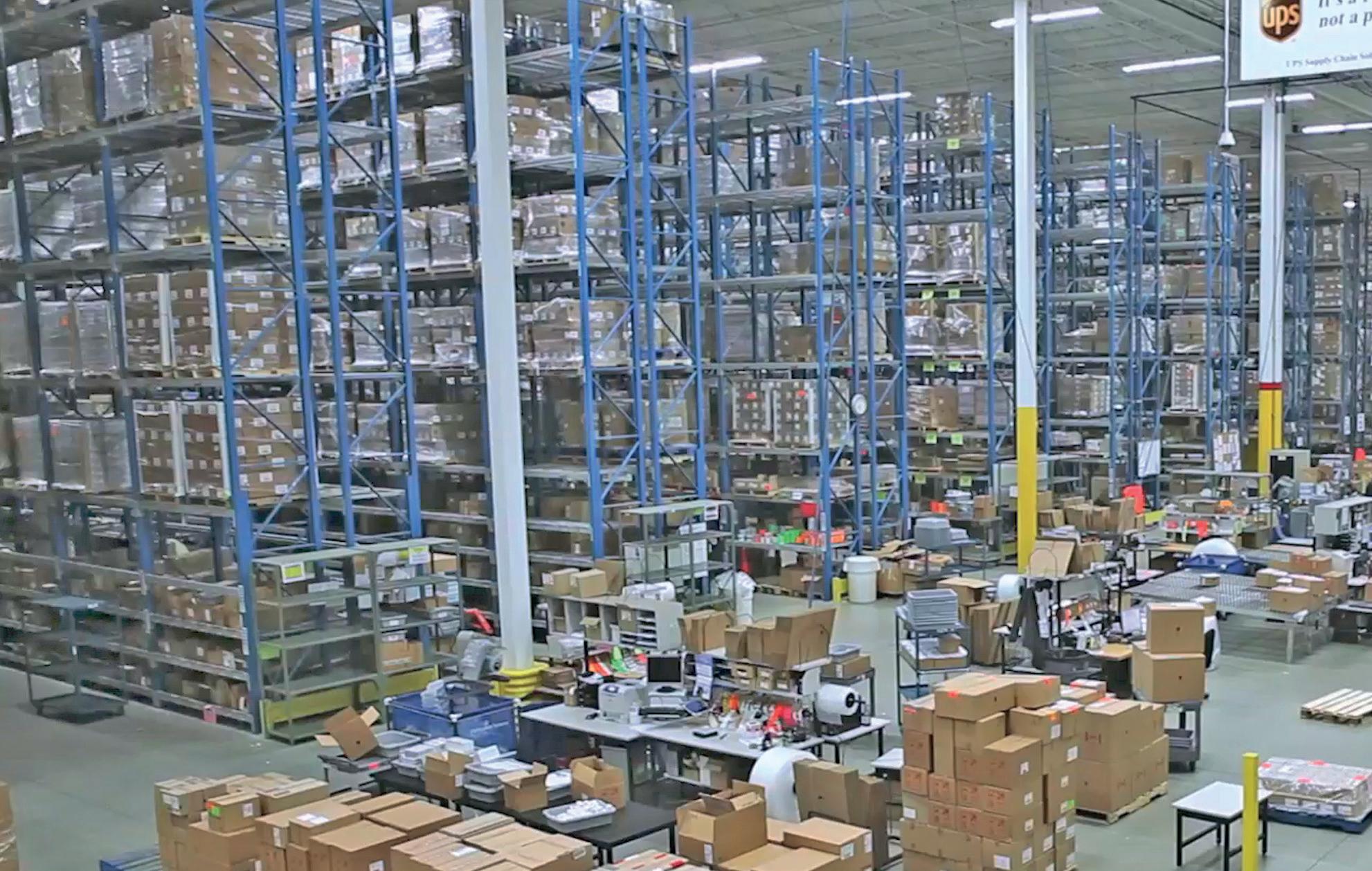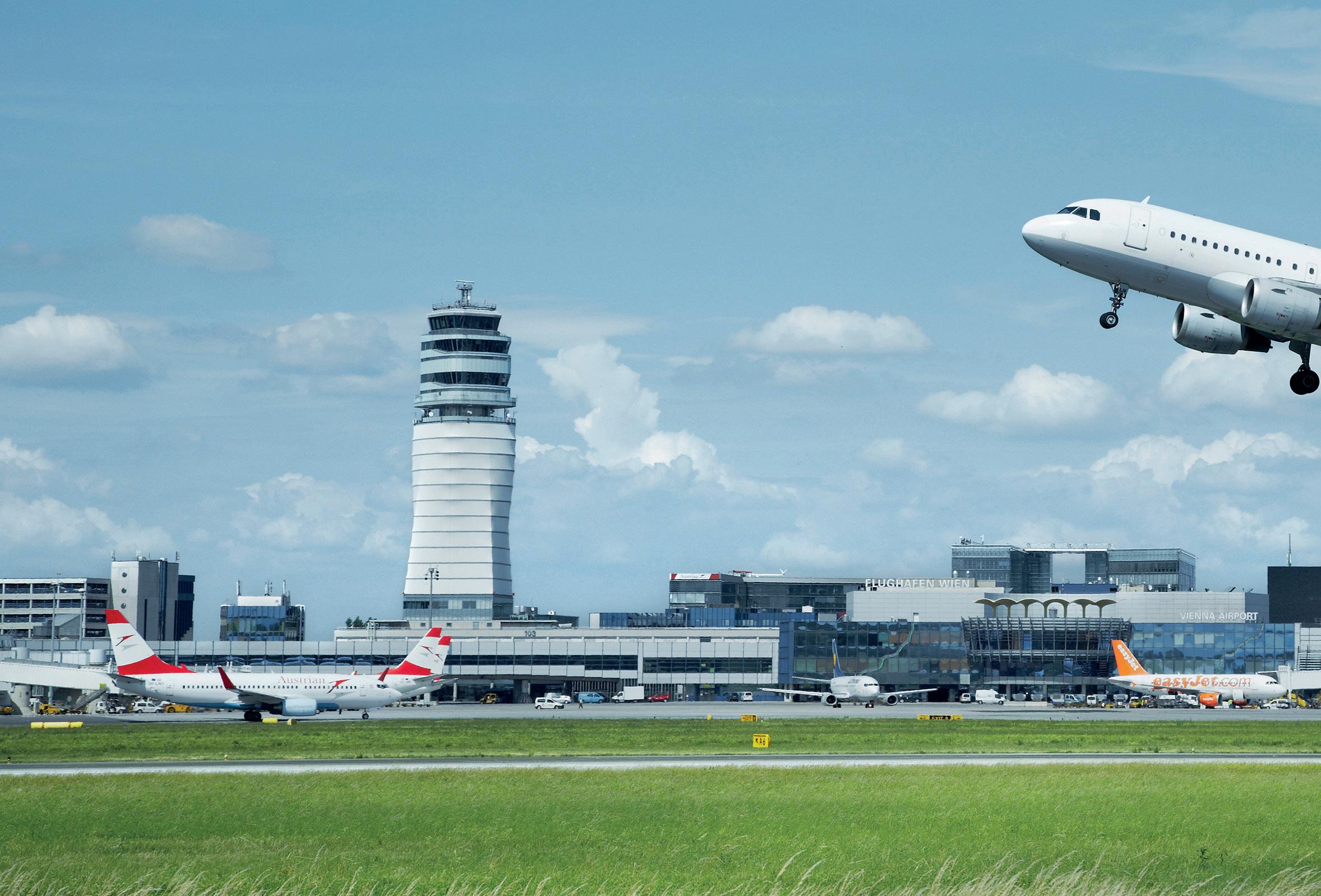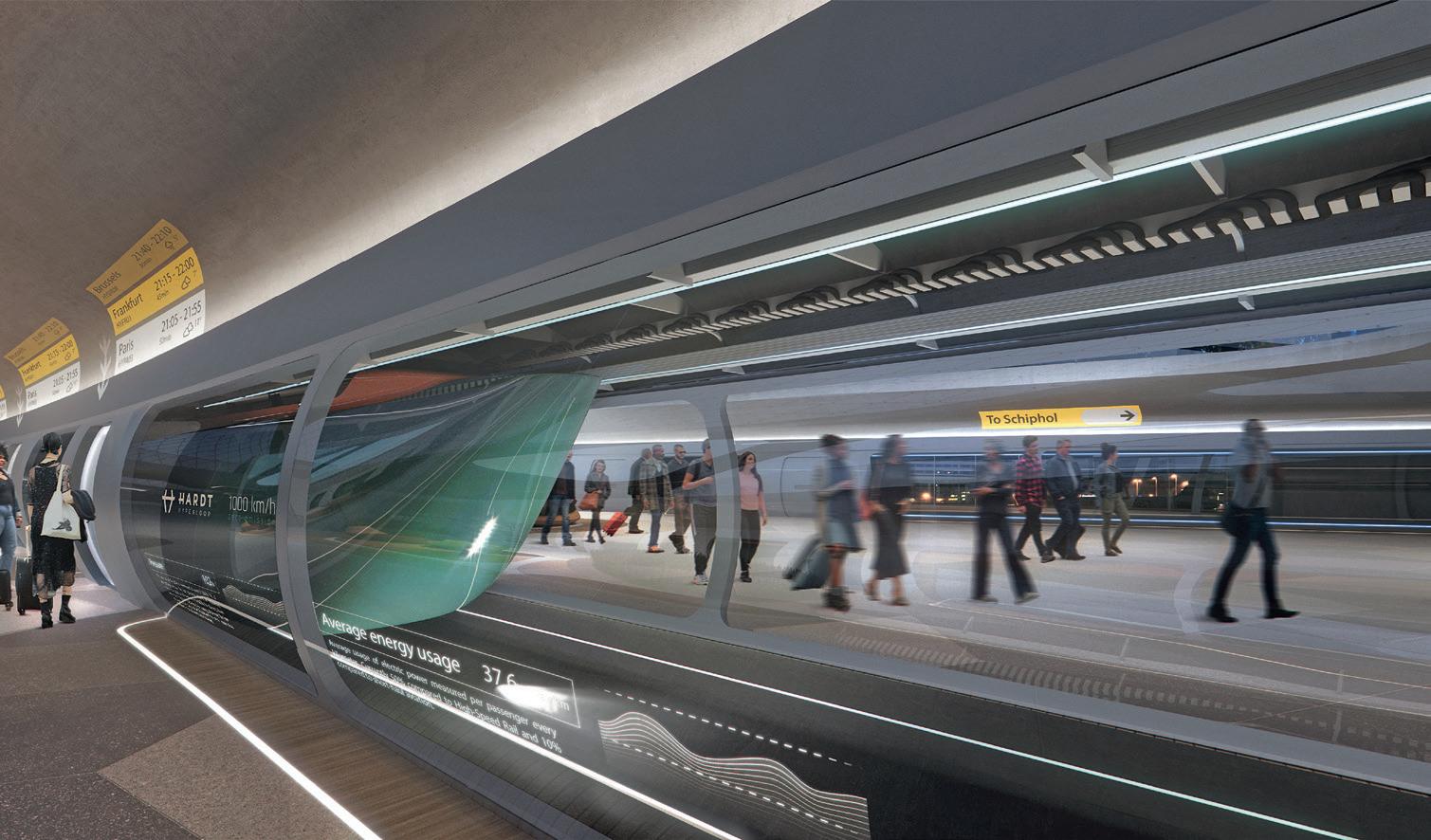SPECIAL REPORT: PLANNING & DESIGN
Screen test Technology will play a key role in ensuring that aviation security is equipped for a COVID-19 environment and beyond, writes Smiths Detection’s global aviation director, Richard Thompson.
T
hough the COVID pandemic continues to unfold, airlines and airports around the globe are slowly restarting their operations as domestic and international travel begins to pick-up once again. The introduction of a number of new health and social distancing measures at airports has helped make this possible and restore confidence in air travel, although airport security checkpoints continue to pose a unique challenge. This is due to the high contact nature of the screening process that traditionally has required close interaction between operators and passengers and tends to create queues. Technology, however, can help to overcome these challenges while improving operational efficiency. As stated by IATA, a “general move towards greater use of touchless technology and biometrics” will help to address the challenges brought to the fore by COVID-19. Automation technologies not only have the capability to future proof security checkpoints against biological threats because they reduce touchpoints, but also have huge potential to create efficiencies for airports at a time when operational expenditure and efficiency are imperative. The concept of a more automated checkpoint is not new, of course, but now what has always been an ideal, has become more of a necessity as airports not only want to ensure operations get back up and running as quickly as possible in a COVID-19 environment, but are more effective, seamless and adaptable at the same time.
The building blocks of a low-contact checkpoint There is security equipment already in use that helps minimise contact during the screening process. For example, explosive trace detection (ETD) equipment, commonly used around the globe, is being recommended by Airports Council International (ACI) for alarm resolution instead of hand searches to reduce physical contact between security staff and passengers.
Millimetre wave portals can also reduce contact by removing the need for full pat-down inspections by identifying which specific areas of the body need to be investigated. In the future, the operational procedure for millimetre wave portals could include self-clearance, with passengers who have set off the alarms removing any personal items, without the need for close interaction with a security operator. A remote screening capability for the operator is also available. Although the usage of trays at the checkpoint creates a high-touch point and therefore increases the chances of virus transmission, short-wavelength ultra-violet (UV-C) light can be used to kill up to 99.9% of disease-causing micro-organisms found on trays as they are transported from the reclaim area back to the divest station ensuring every passenger is presented with a disinfected tray. UV-C kits can easily be retrofitted into existing tray handling systems and will reduce the risk of contamination while providing longer-term protection against bacteria or viruses. The effectiveness of UV-C mercury lamps for SARS-CoV-2 deactivation has been validated by the Boston University in a lab test. Ultraviolet Germicidal Irradiation (UVGI) is also recognised as a recommended method in a multiple-barrier approach to reducing the transmission of COVID-19 by ACI Europe in their recently launched Guidelines for a Healthy Passenger Experience at Airports and may help airports gain ACI Airport Health Accreditation (AHA). To significantly reduce the number of trays handled by staff and passengers, EDS CB C3 approved computer tomography (CT) cabin baggage scanners can allow for liquids and laptops to be left inside passenger bags for screening. CT systems reconstruct data from hundreds of different views into volumetric 3D images and create rich data to deliver a false alarm rate
AIRPORT WORLD/ISSUE 4, 2020
29

